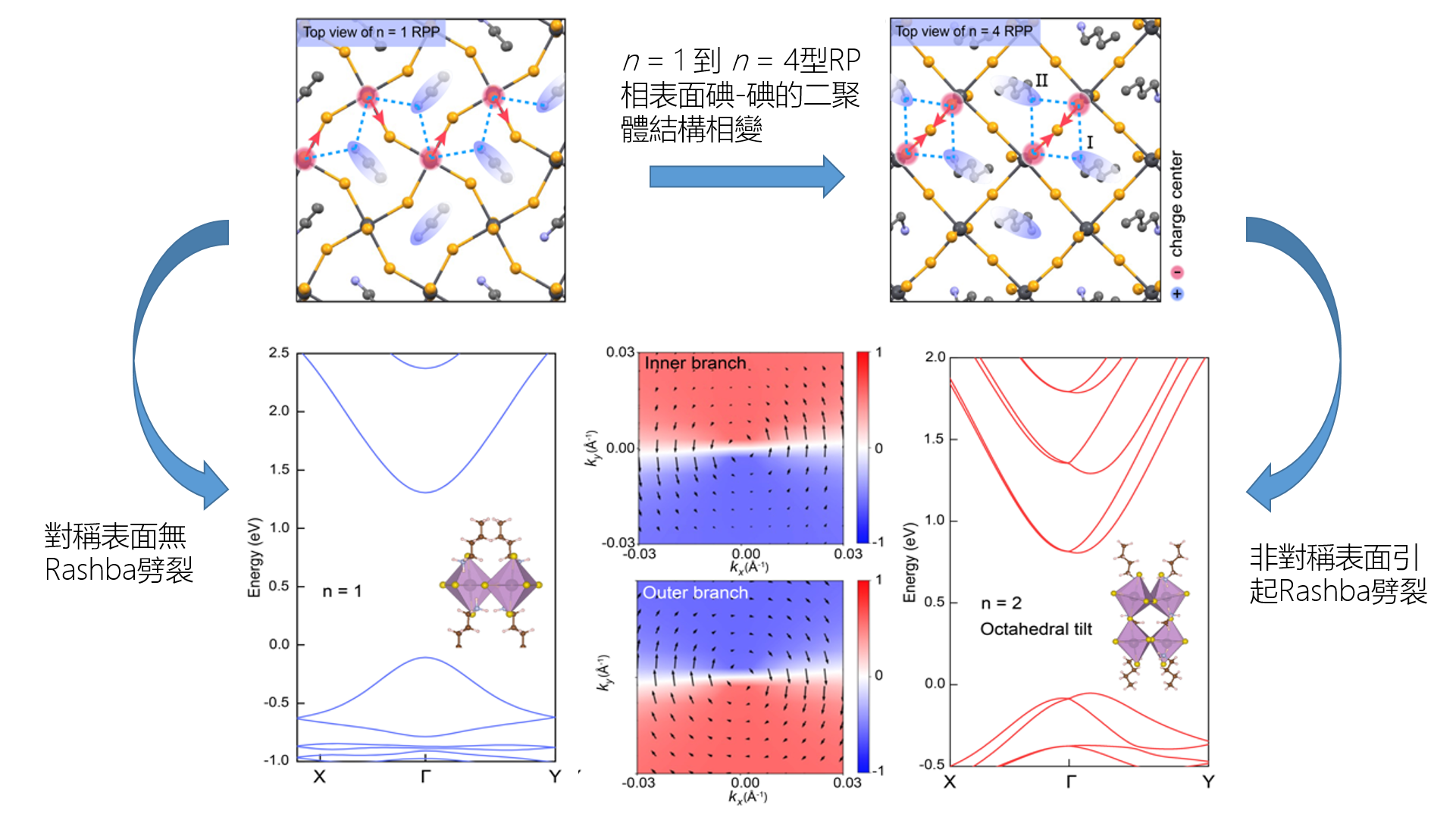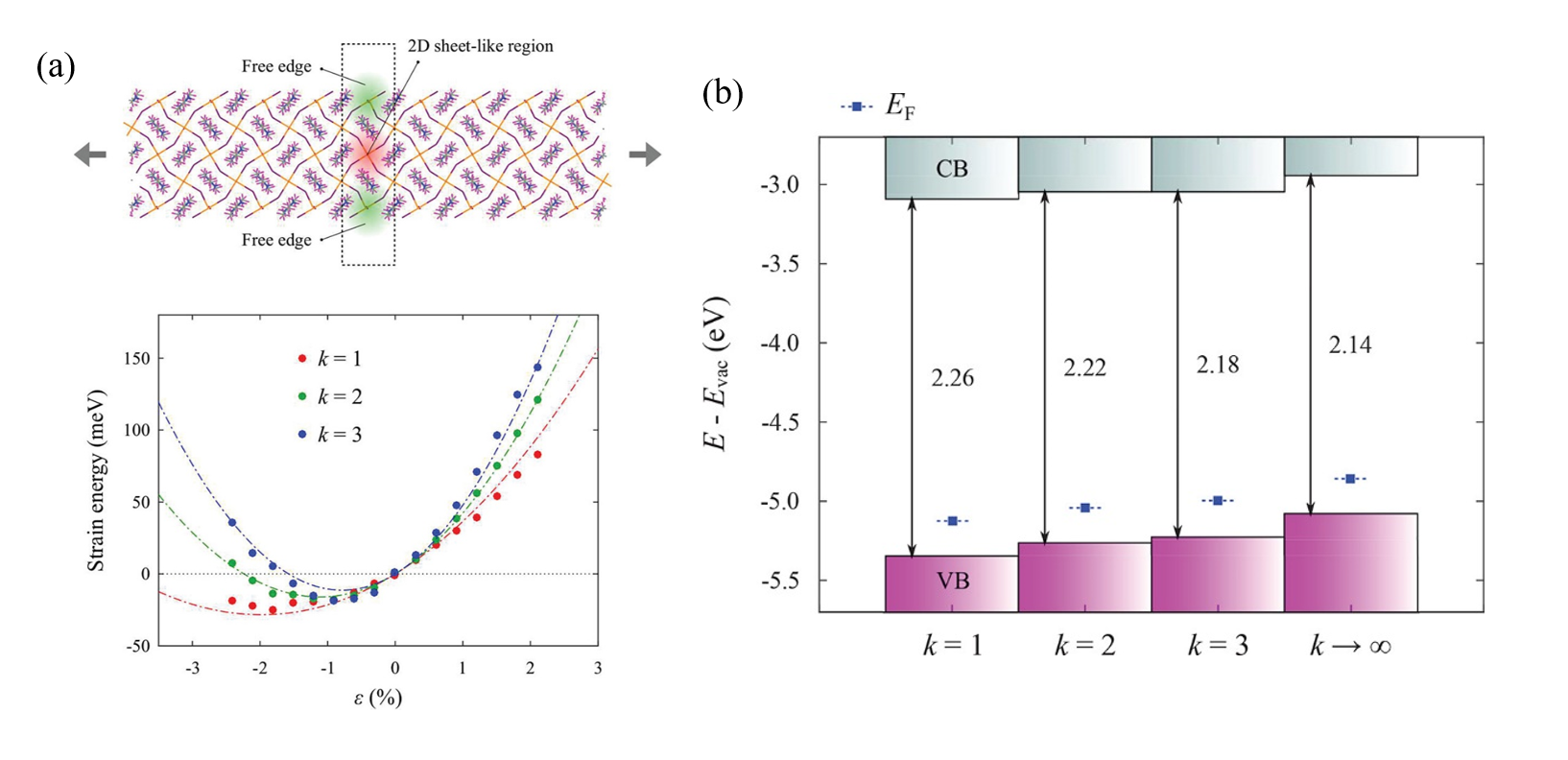Theoretical Study on Interface and Lattice Distortion of Organic-Inorganic Perovskite
Cai Yong Qing, Yan He Jin, Chen Hong Fei
University of Macau
The global shortage of clean energy has intensified in the 21st century, making research based on energy applications a crucial topic. Among them, perovskite solar cells have attracted significant attention as a promising emerging photovoltaic technology. Over the past decade, significant progress has been made in optimizing the material properties of photoelectric conversion applications based on organic-inorganic perovskite materials. These materials exhibit a rich variety of crystal structures and exceptional photon-electron conversion properties. However, their complex crystal structure and diverse chemical composition pose significant challenges for material design and preparation. This project employs precise quantum ab initio calculation simulations to obtain the physicochemical properties of perovskite materials at the atomic and electronic levels, elucidating the mechanisms of surface and interface stress, lattice distortion, and the electronic states of defects in lead iodide precursors. This provides new insights for the design of perovskite materials. The project's results have been importantly cited and applied in various fields both domestically and internationally.

Fig 1 Energy Band Rashba Splitting in Two-dimensional Ruddlesden-Popper (RP) -phase Organic-inorganic Perovskites with Broken Symmetry of Surface

Fig 2 Quantum Confinement Effects on (a) Edge Stress and (b) Electronic Structure of RP-type Organic-inorganic Perovskites



